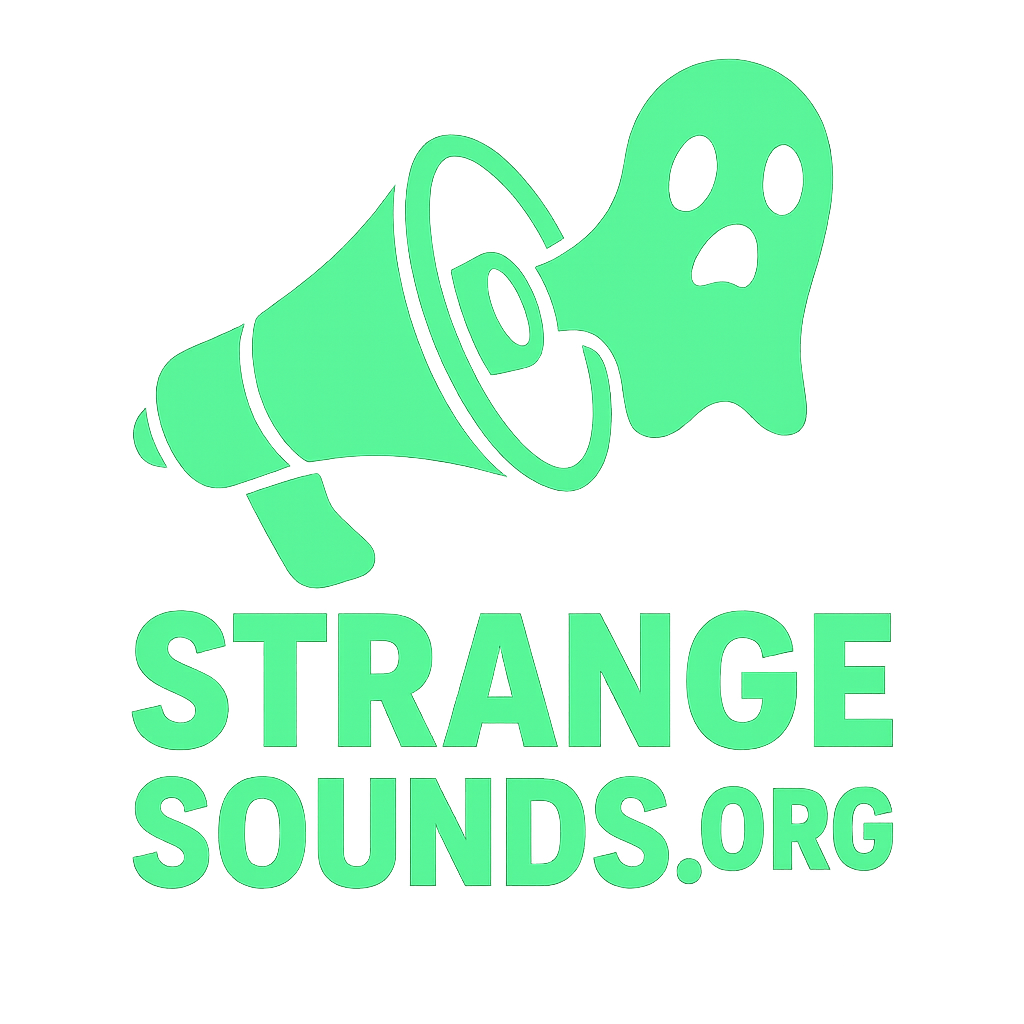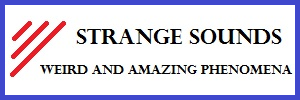
Updated on:
From neon auroras and phantom sundogs to UFO-like lenticular clouds and blood-red eclipses—this page is your master guide to the world’s strangest sky phenomena. Some are well-understood optics and plasma. Others are rare, seasonal, or still unexplained.
Across history, people have reported unusual lights, colors, and shapes in the sky—sometimes with crackles or booms. Scientists group them as atmospheric optics, upper-atmosphere electricity, or solar–lunar alignments, while folklore calls them omens. This hub collects the latest cases, science explainers, famous sightings, and how-to guides for identifying the weird above your head.
Jump to: Auroras & Plasma · Sundogs & Halos · Unusual Clouds · Solar & Lunar Oddities · FAQs · Latest Reports
- Sky oddities are real optical/electromagnetic effects (ice crystals, plasma, refraction, scattering, mirage).
- Top categories: Auroras & Plasma, Sundogs & Halos, Unusual Clouds, Solar & Lunar Oddities.
- How to ID: note time, direction, Sun/Moon height, temperature, clouds, and photograph with EXIF.
- Weather tie-ins: halos/sundogs often precede fronts; sprites/ELVES accompany strong storms.
📩 Report a sky phenomenon (time, location, photos/video, weather)
Explore by Category
- 🌌 Auroras & Plasma Phenomena — curtains, arcs, sprites, STEVE.
- 🌞 Sundogs & Halos — rings, mock suns, pillars, fire rainbows.
- ☁️ Unusual Clouds — lenticular, asperitas, nacreous, mammatus.
- 🌕 Solar & Lunar Oddities — eclipses, blood moons, green flash, mirages.
Auroras & Plasma Phenomena
When solar storms hit Earth’s magnetic field, they paint the sky with charged-particle light. Add thunderstorm-top electricity and you get sprites, jets, and ELVES dancing above storms.
- Examples: aurora borealis/australis, STEVE (purple arc), red sprites, blue jets, ELVES.
- Weird fact: During the 1859 Carrington Event, auroras glowed as far south as the Caribbean.
- Pro tip: Watch Kp index & solar wind speed; bring a tripod and shoot 5–10s exposures, ISO 800–3200.
➜ Full aurora & plasma guide · Latest aurora posts
Sundogs & Halos
Ice crystals high in the atmosphere act like tiny prisms, bending sunlight or moonlight into rings, arcs, and mock suns (parhelia). Often a sign of incoming weather.
- Examples: 22° halo, parhelia (sundogs), sun pillars, circumzenithal arc (“upside-down rainbow”), moon halos.
- Weird fact: In 1535, multiple “suns” over Stockholm sparked apocalyptic panic.
- Pro tip: Use your fist at arm’s length ≈ 10°; the common ring is ~22° from the Sun/Moon.
➜ Sundogs & halos explainer · Latest halos & arcs
Unusual Clouds
Cloud physics gets weird: mountains sculpt lenticular discs, turbulence makes asperitas waves, and stratospheric chemistry lights up nacreous pearls.
- Examples: lenticular (UFO) clouds, asperitas, nacreous, mammatus, Kelvin-Helmholtz waves.
- Weird fact: Asperitas only joined the official cloud atlas in 2017.
- Pro tip: For structure, shoot with longer focal lengths (70–200mm); for drama, go wide at golden hour.
➜ Cloud gallery & IDs · Latest unusual clouds
Solar & Lunar Oddities
Eclipses turn day to twilight; the Moon bleeds red on some nights; horizons split and duplicate suns via mirage. The heavens love theatrics.
- Examples: total/partial solar eclipses, lunar eclipses (blood moons), green flash, superior mirage (Fata Morgana).
- Weird fact: A solar eclipse reportedly halted a battle in 585 BC.
- Pro tip: Never view the Sun without certified filters; for the green flash, look at a clear sea horizon at sunset.
➜ Solar & lunar guide · Latest solar/lunar posts
Sky Oddities — FAQs
- What are the rarest sky phenomena?
- Auroras at low latitudes, nacreous (polar stratospheric) clouds, parhelia arcs, and the green flash are among the rarest visible to the public. “STEVE,” a narrow purple arc, was recognized only recently and can appear without strong Kp.
- Are sundogs a sign of bad weather?
- Often, yes. Widespread high ice clouds (cirrostratus) produce halos/sundogs ahead of warm fronts. They’re a good visual heads-up that weather may change within 12–36 hours.
- Why do some clouds look like UFOs?
- Stable, moist air flowing over terrain can stack into lens-shaped lenticular clouds. Their smooth edges, stationary appearance, and bright edges near sunset make them look like craft.
- How do blood moons happen?
- During a lunar eclipse, Earth blocks direct sunlight. Only red light, refracted through our atmosphere, reaches the Moon—so it glows copper to crimson depending on dust and clouds.
- Can sky phenomena make sounds?
- Indirectly. Auroras produce radio emissions sometimes reported as faint crackles; meteors/bolides can trigger booms. For acoustic mysteries, see Mystery Booms.
Sources & Further Reading
- NOAA – weather & atmospheric optics
- NOAA SWPC – space weather (Kp, aurora)
- NASA – auroras, eclipses, sprite research
- UK Met Office – halos, mirage explainers
- Atmospheric Optics (Les Cowley) – arcs & halos
Latest Reports
See the newest stories in our Sky Oddities coverage:
Get Involved
- 📩 Report a sky phenomenon (time, location, weather, photos/video).
- 📰 Subscribe to our newsletter
- ❤️ Support on PayPal · DonorBox


